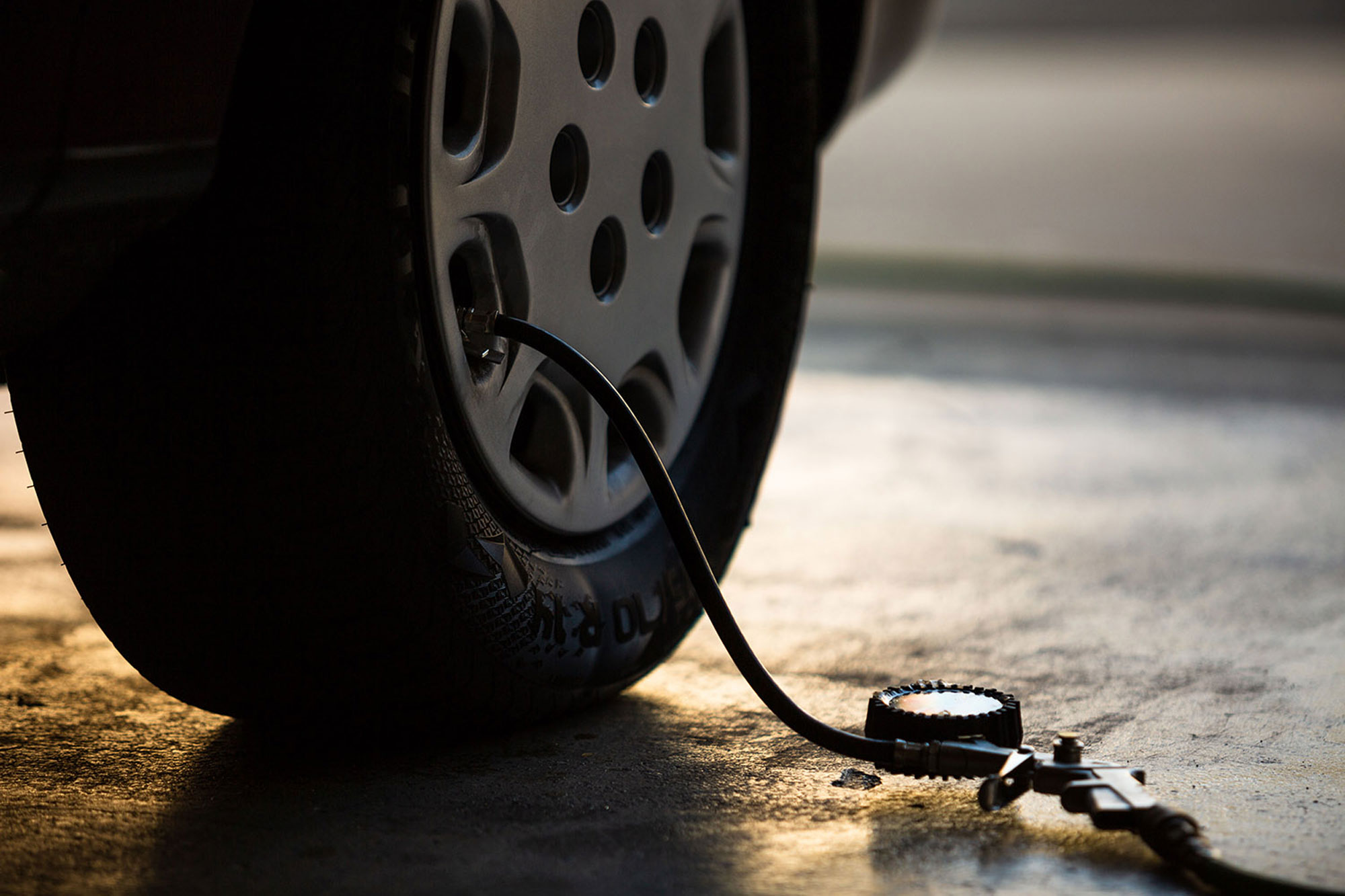What PSI Should My Car's Tires Be Filled To?
Stick with the manufacturer's recommendation.
 Manuel Carrillo III | Capital One
Manuel Carrillo III | Capital One
Keeping your tires properly inflated is an important but often overlooked aspect of vehicle maintenance. It has a big impact on safety, performance, and fuel efficiency. The recommended tire pressure can vary from vehicle to vehicle, but the information is generally not difficult to find.
Why Does Tire Pressure Matter?
Every manufacturer determines the optimal tire pressure — measured in pounds per square inch or psi, when the tire is cold — for each of its vehicles. Over- or underinflation can reduce fuel economy, shorten the lifespan of the tire, and potentially lead to a blowout. It can also have an effect on ride comfort and how well a vehicle handles, brakes, and accelerates.
Even small differences in tire pressure can have a sizable impact on an automobile's performance and safety. According to the Environmental Protection Agency, a single psi drop across all four tires can reduce fuel mileage by roughly 0.2%. That means a mere 5-psi deviation at each corner may contribute to 1% poorer efficiency — a fuel-cost penalty that adds up over thousands of miles of driving.
What Tire Pressure Is Safe for Your Vehicle?
Most automobiles leave the factory with a sticker on the driver's-side doorjamb that lists the recommended cold tire pressure(s). You can also consult the vehicle's owner's manual or visit the manufacturer's website to find the correct specs.
Many vehicles require all tires to have the same pressure, but some call for different pressures up front and in the rear. You may notice a maximum pressure rating listed on the sidewall of the tire itself. This is the greatest amount of pressure the tire can safely handle when cold and is often different from the vehicle's specification. The owner's manual can specify the unique cases when maximum tire pressure is used.
Make sure a tire is at ambient temperature before reading its pressure level. Driving will warm the tire, which pushes pressures up as the air inside expands. The same effect occurs when a tire is sitting in the sun.
When to Deviate From the Manufacturer's Specs
There are certain driving situations that justify increasing or decreasing the pressure in your vehicle's tires to a level other than the factory specification. While driving off-road, it is common practice to air down a tire in order to increase the size of its contact patch and, thus, improve the vehicle's traction. In fact, tire manufacturers often design all-terrain tires with this in mind.
Motorsports frequently call for tire pressures outside the manufacturer's recommendation. Depending on the type of driving, you may wish to raise or lower a high-performance tire's numbers by several psi for track use. Many drivers will also vary the front and rear tire pressures to shape how a vehicle handles at high speeds.
Written by humans.
Edited by humans.
 Benjamin Hunting
Benjamin HuntingBenjamin Hunting is a writer and podcast host who contributes to a number of newspapers, automotive magazines, and online publications. More than a decade into his career, he enjoys keeping the shiny side up during track days and always has one too many classic vehicle projects partially disassembled in his garage at any given time. Remember, if it's not leaking, it's probably empty.
Related articles
View more related articles